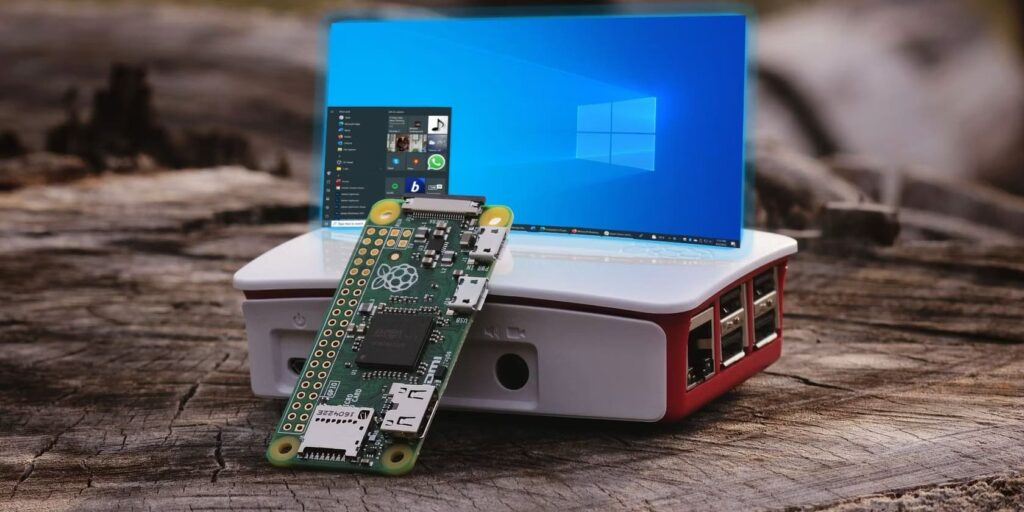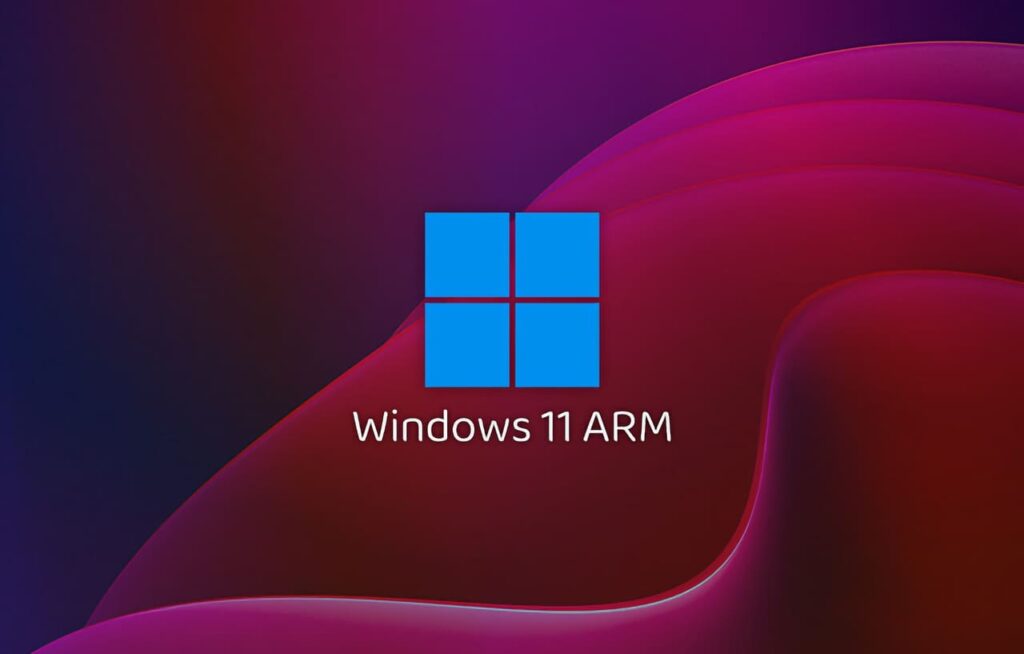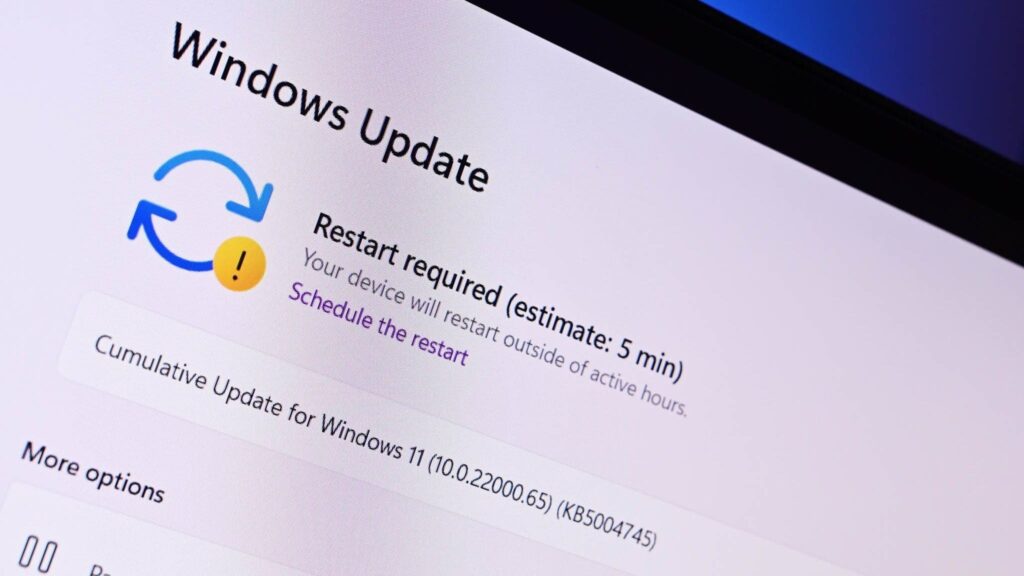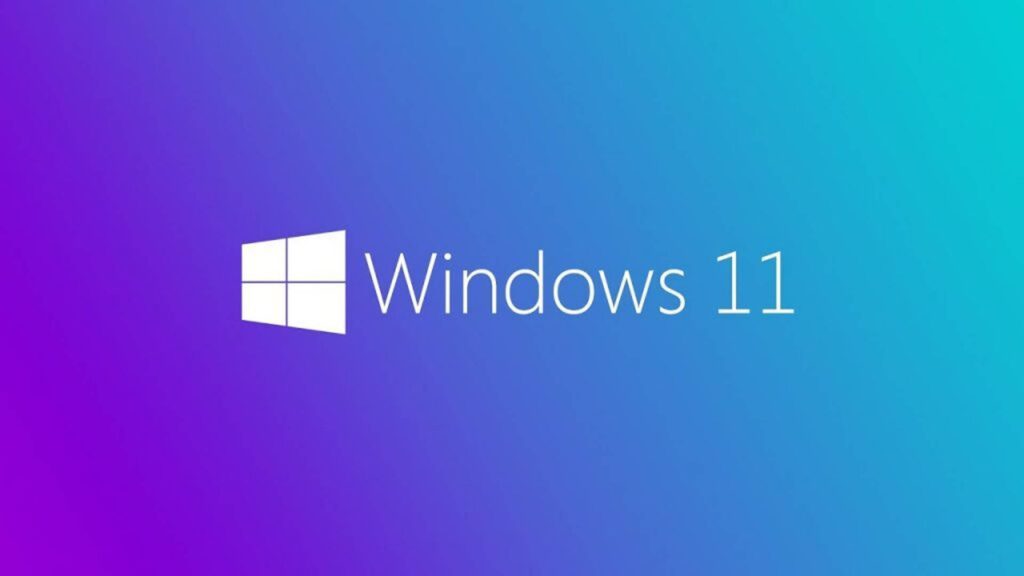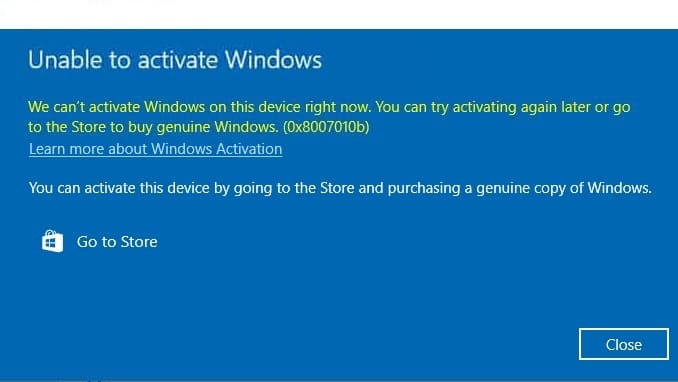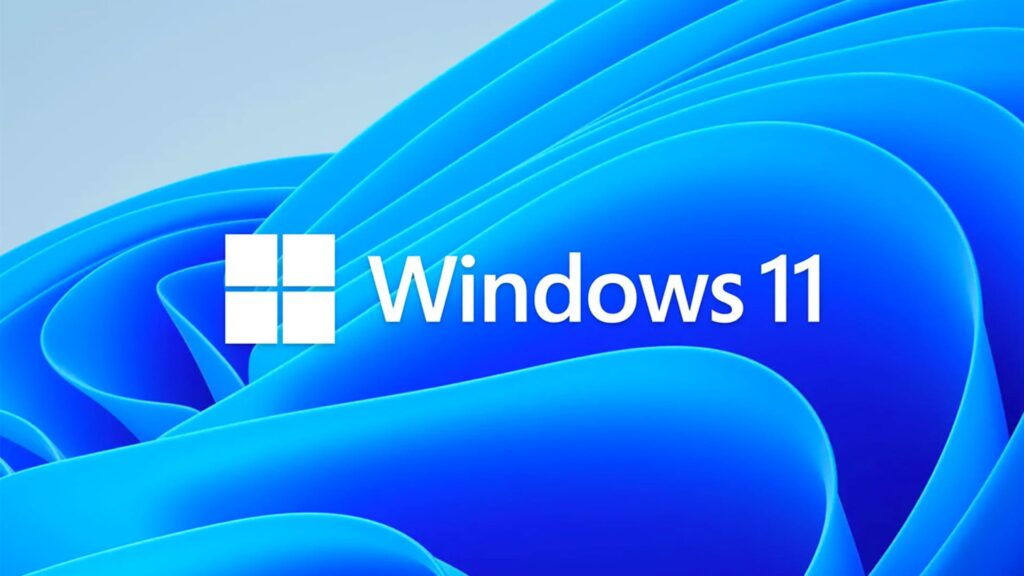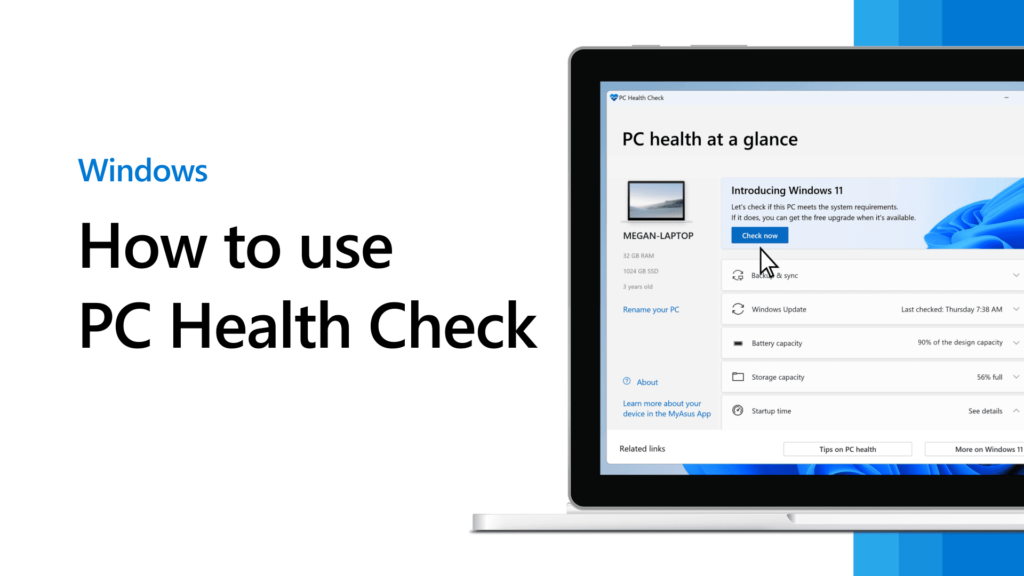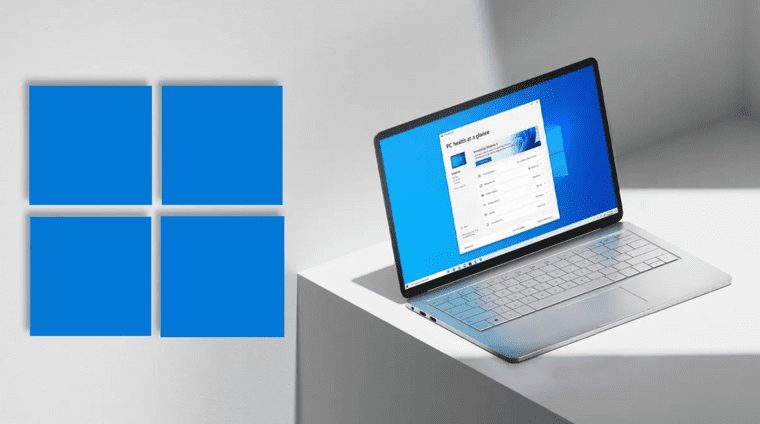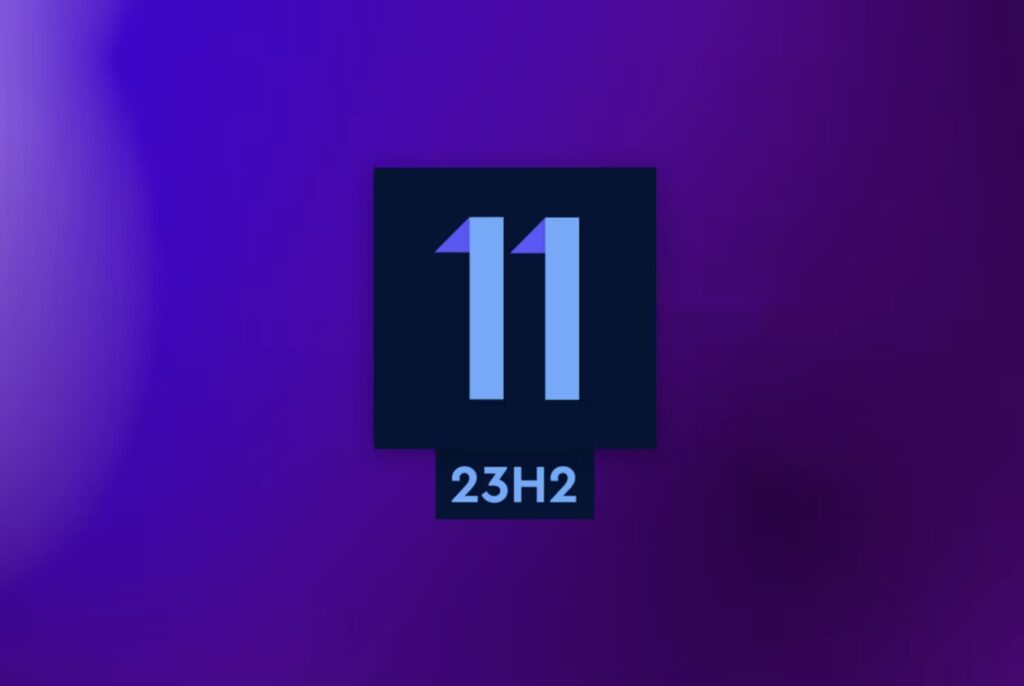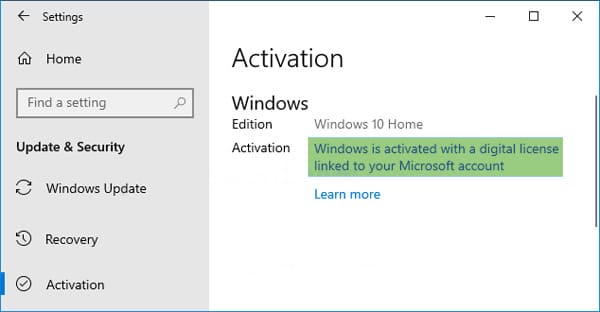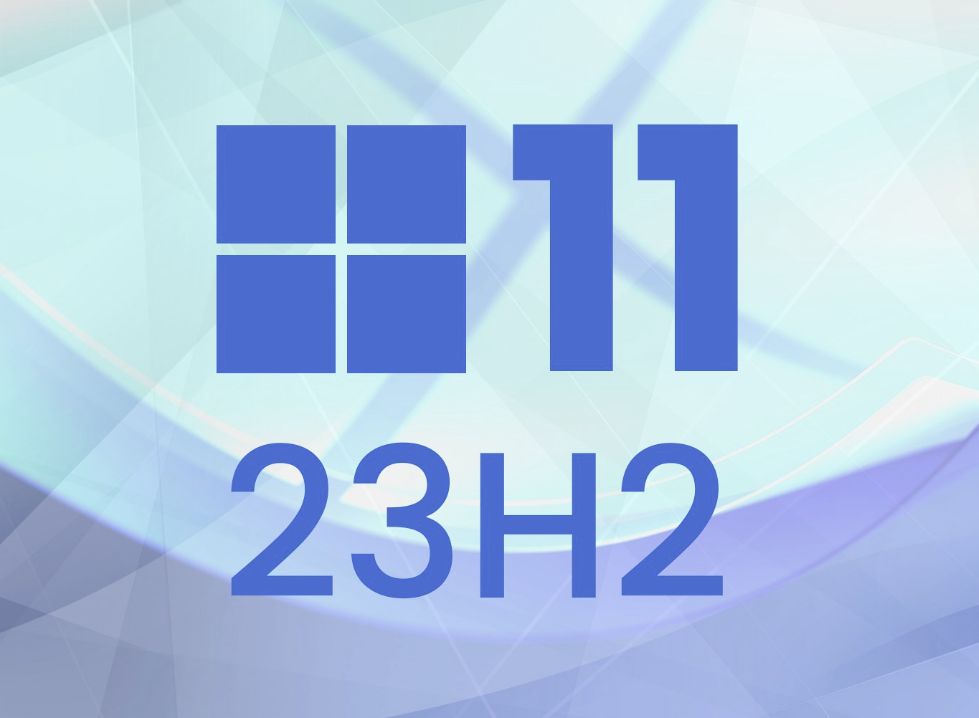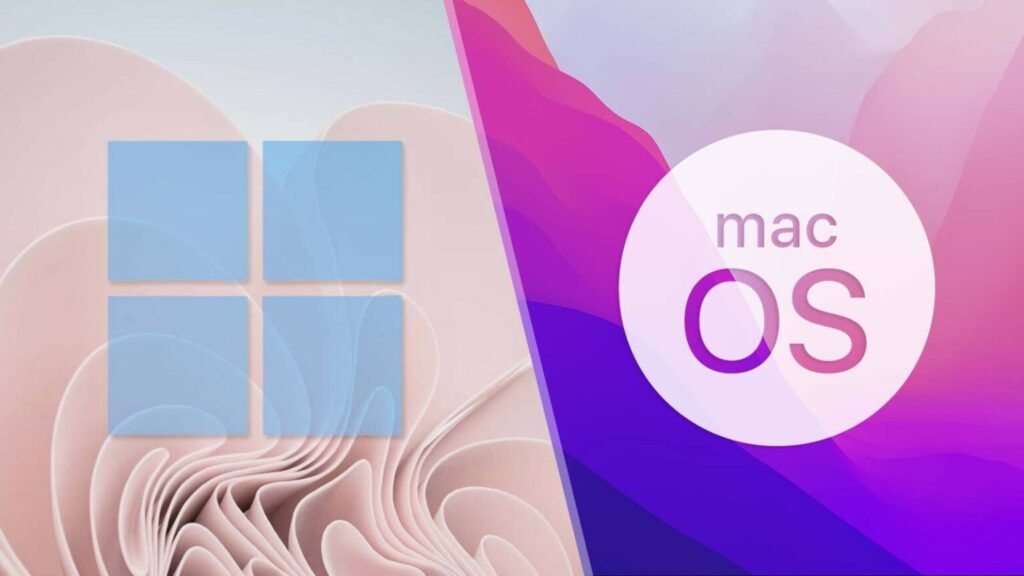It is expected that the Windows 11 2024 Update (version 24H2) will be fully dedicated to the capabilities of next-generation AI.
The latest updates of installers, as well as product keys for Windows 11 with instant delivery to your email from 9.7 €, can be found in our catalog.
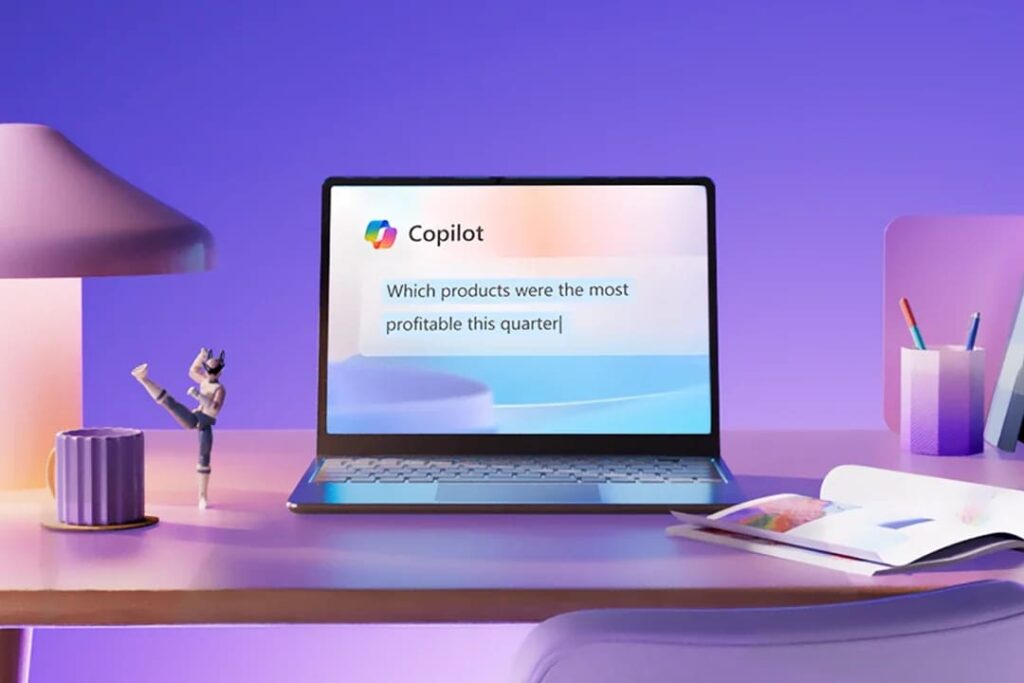
Currently, Microsoft is actively working on the next major version of Windows, codenamed Hudson Valley. It is planned to be released later this year under the name “version 24H2” or “Windows 11 2024 Update”. Unlike last year’s version 23H2, the new version 24H2 will be a significant update to the operating system, based on a new version of the Windows platform. It will improve performance and security, as well as introduce new features and usability improvements.
Version 24H2 will be heavily focused on next-generation artificial intelligence (AI) capabilities, which Microsoft has been actively discussing lately. Rumors suggest that a new enhanced Copilot will soon be introduced, aimed at improving the Windows user interface with AI and machine learning, enhancing application performance, search, and many other functions.
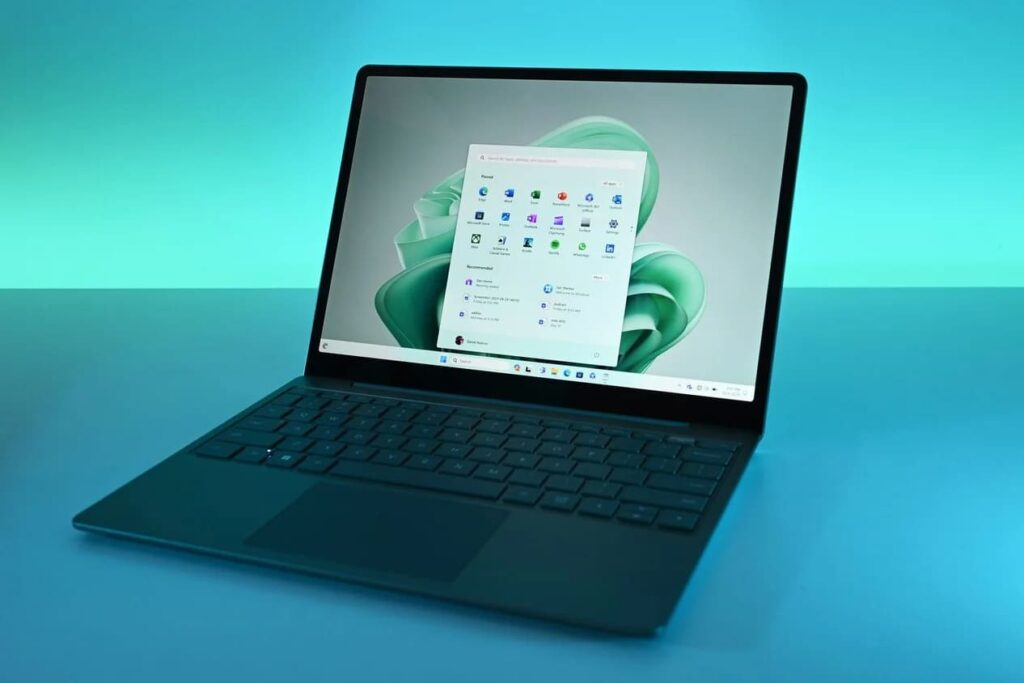
There is speculation that Microsoft may call this update “Windows 12,” considering its synchronization with PCs and next-generation AI capabilities. However, this is just speculation, so at the moment, we continue to refer to it as a major update to Windows 11.
Microsoft is currently testing features that will be included in the next release on the Canary channel of the Windows Insider Preview program. Thus, some new features that will appear in the next update are already known. We will update information about new features as they become available.
According to information obtained from sources close to Microsoft, the company plans to release version 24H2 in September, completing development in the summer. Microsoft intends to position this version as AI-focused, to correspond with the release of next-generation AI PCs, which the company announced in 2024.
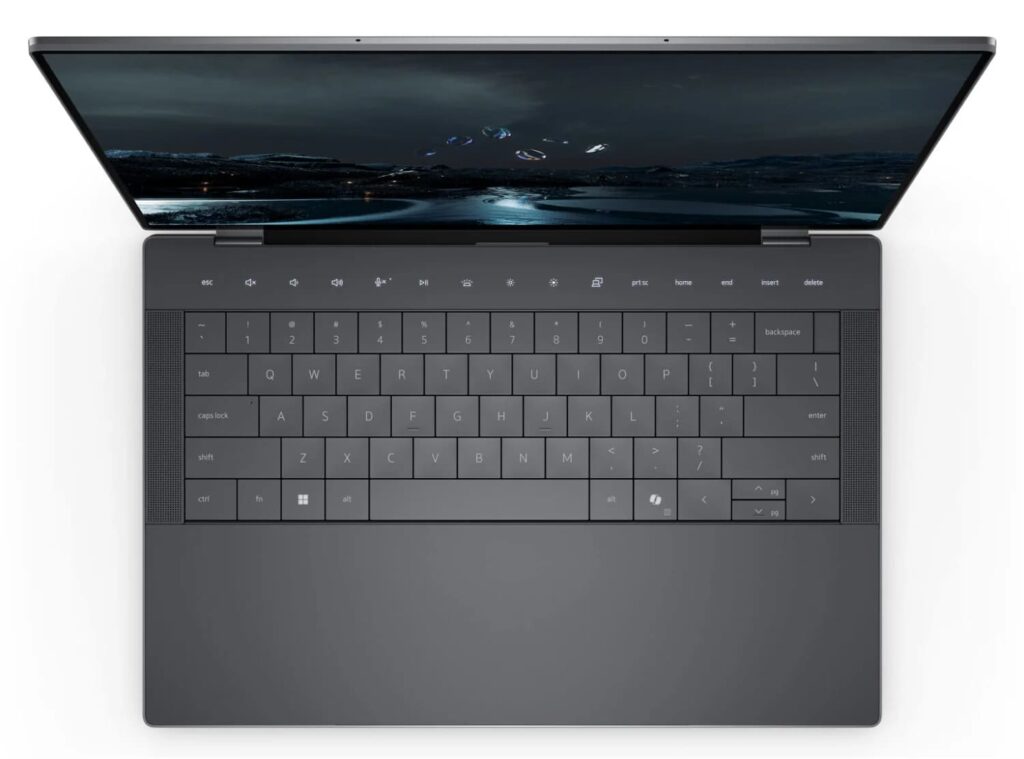
Since version 24H2 will be based on a new version of the Windows platform, Microsoft will need to go through several stages of development. It is planned that the new Windows platform (codenamed Germanium) will be released in April. Once this is completed, final work on version 24H2, which will be based on Germanium, will begin.
The new Windows platform version means that the update will be implemented using the “OS replacement” method. This means that the update process will involve replacing the entire operating system with a newer version. This approach differs from that used in version 23H2, where an update to the existing OS installation was applied. Such a method is only possible if the platform version does not change between updates.
This means that version 24H2 will not be available to users until the second half of 2024. Some next-generation AI computers will start shipping with pre-installed version 24H2 as early as June. However, the update to version 24H2 will not be available to all existing Windows 11 users until September, when the update is considered fully ready.
The new release will provide support for next-generation AI PCs, some of which have already been announced and will begin shipping next month. These PCs will be equipped with powerful “neural processors” (NPUs) that will utilize new AI features.
Copilot
Microsoft plans to make a series of updates to Microsoft Copilot for Windows 11, version 24H2. These updates will start with moving the Copilot button to the top right corner of the taskbar, making it more accessible to users. Now users will be able to easily open the Copilot interface by simply hovering the mouse cursor in the corner of the screen.
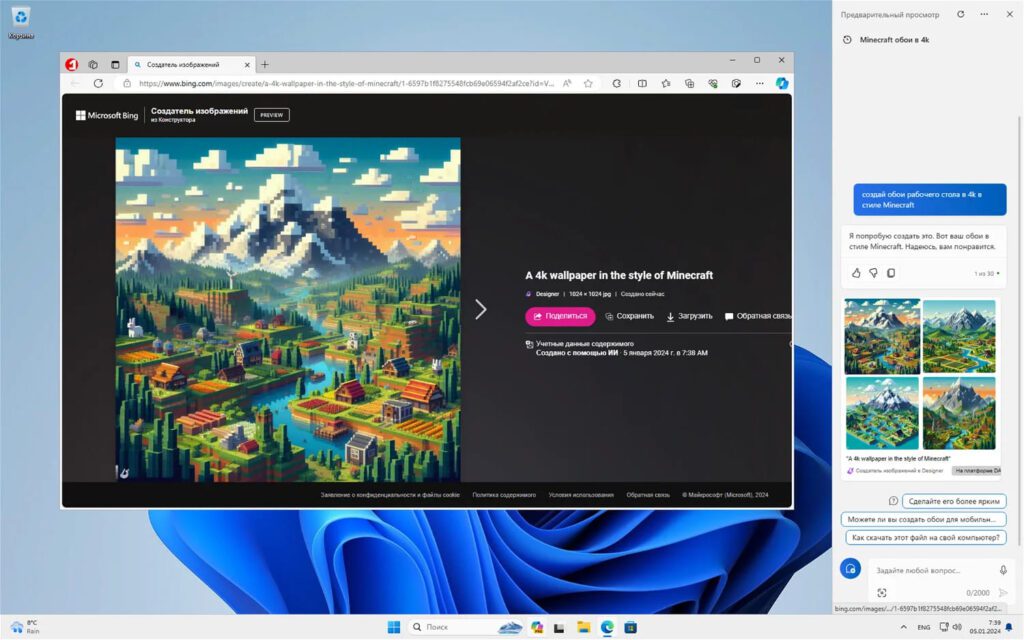
Additionally, version 24H2 will include a special “Copilot in Windows” option in the “Settings” app. This option will allow users to turn on or off the display of the Copilot user interface when launching on PCs with large screens, as well as customize chat providers and third-party plugins.
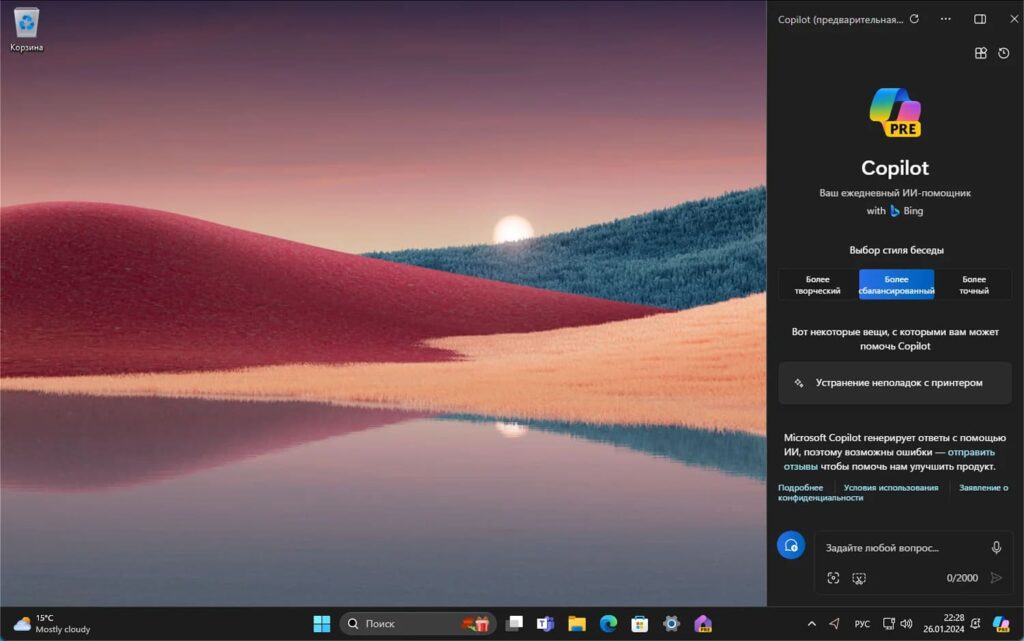
Rumors suggest that Microsoft plans to introduce a more advanced version of Copilot in 24H2, which will use next-generation AI computers to improve application performance, file handling, and search. One such feature Microsoft is working on is a new AI-based timeline/history interface that will allow users to find any word, file, image, or application previously opened on their PC using AI and Windows Copilot.
Snap Layouts
Microsoft is currently enhancing the Snap Layouts functionality in Windows. In version 24H2, the company introduces a new feature that uses machine learning to recognize frequently used applications and automatically suggest them in the Snap Layouts interface when the user hovers over the deployment button in the application window.
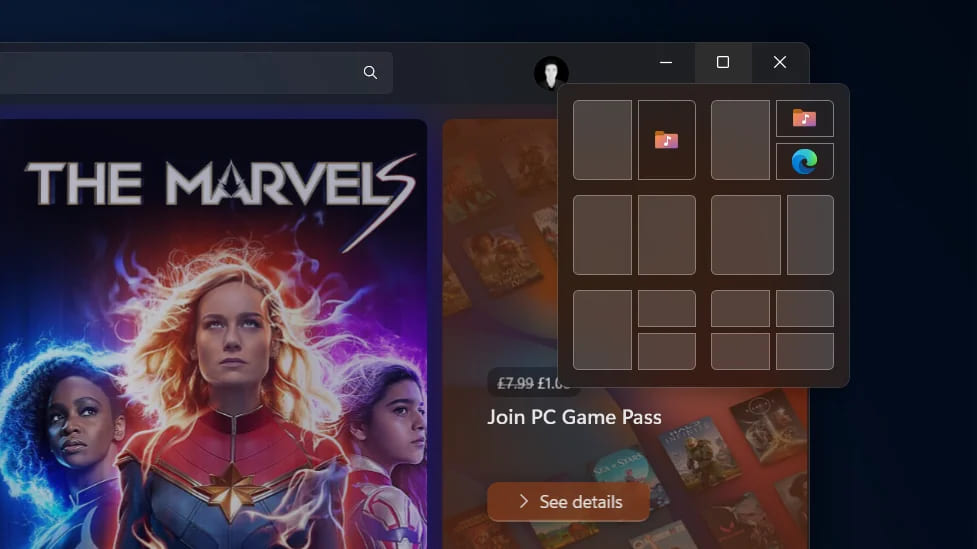
For example, if Edge is frequently used with Notepad, opening the Snap Layouts menu in either of these applications will automatically suggest the option to snap Edge and Notepad together with a single click, instead of doing it manually.
File Explorer
Microsoft has made additional improvements to the File Explorer. In version 24H2, in addition to supporting ZIP files, there will be the ability to create compressed archive files in 7zip and TAR formats. In the previous release 23H2, the ability to extract these archives was added, but creating them was not available.
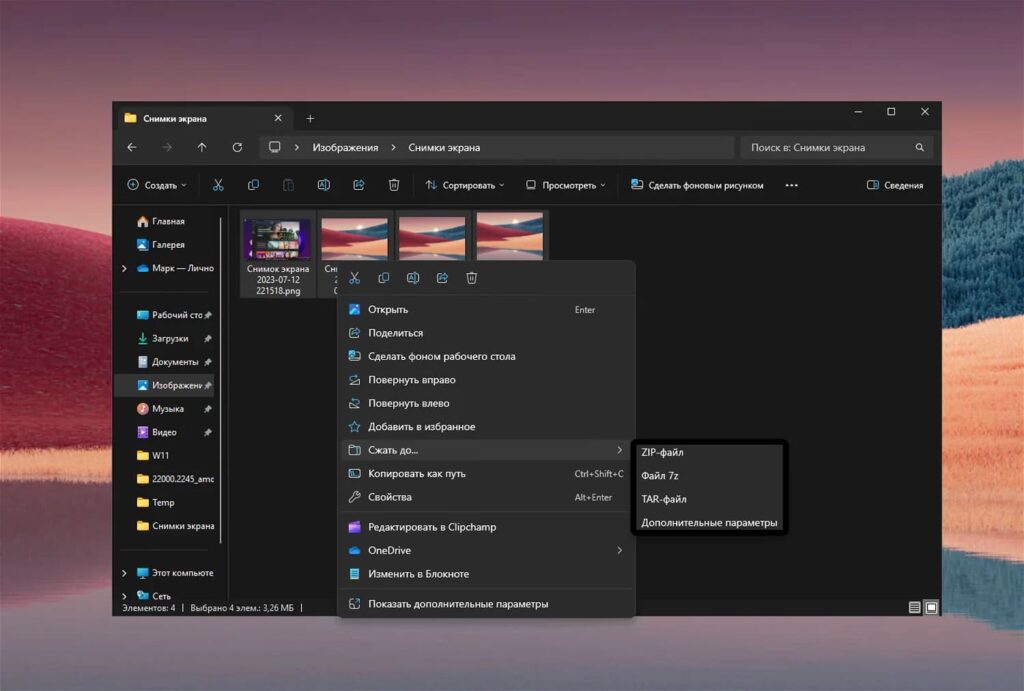
Additionally, Microsoft also claims to have improved the performance of File Explorer when opening large ZIP files. Additionally, PNG files now support viewing and editing metadata. This allows users to set star ratings in the properties dialog, edit the description of the PNG file, and add keywords.
Taskbar
Microsoft has made changes to the quick settings panel on the taskbar. Now the quick settings interface is divided into pages, allowing you to scroll through all available quick settings on your PC instead of selecting them manually. You can still customize the arrangement of settings by dragging them.
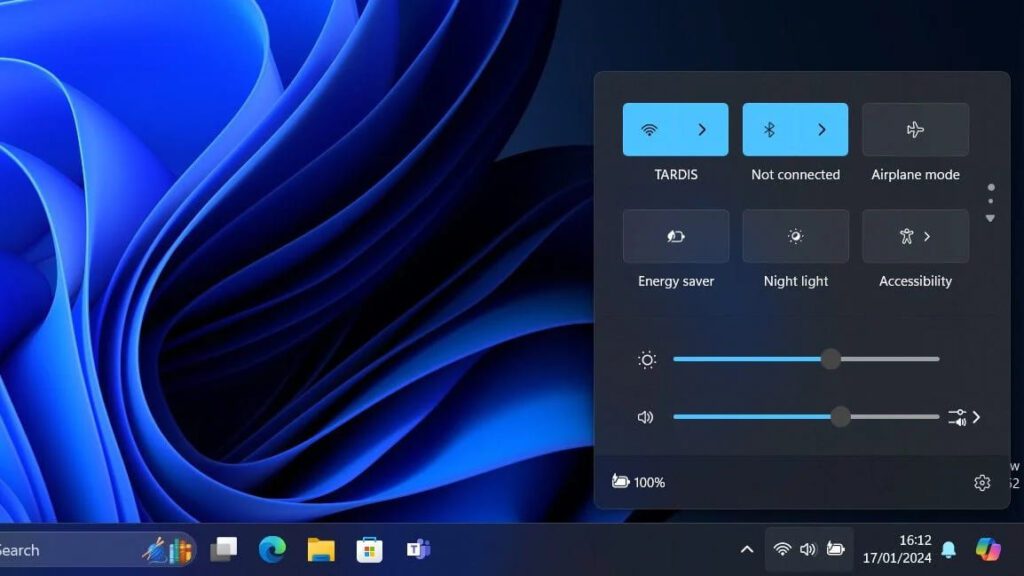
The list of available Wi-Fi networks in the quick settings panel has also been updated: a new refresh button has been added, allowing you to quickly refresh the Wi-Fi list. Users using VPN in Windows will notice an improved interface for managing VPN in the quick settings panel, which now includes a new split toggle switch for turning VPN on and off with a single click.
Microsoft has also improved the performance of the quick settings panel, meaning that it should take less time to open after rebooting your PC.
Phone Link
Microsoft is expected to make significant improvements to the “Phone Link” app. For example, the ability to use a connected phone as a webcam will be added, similar to the integration between iPhone and Mac.
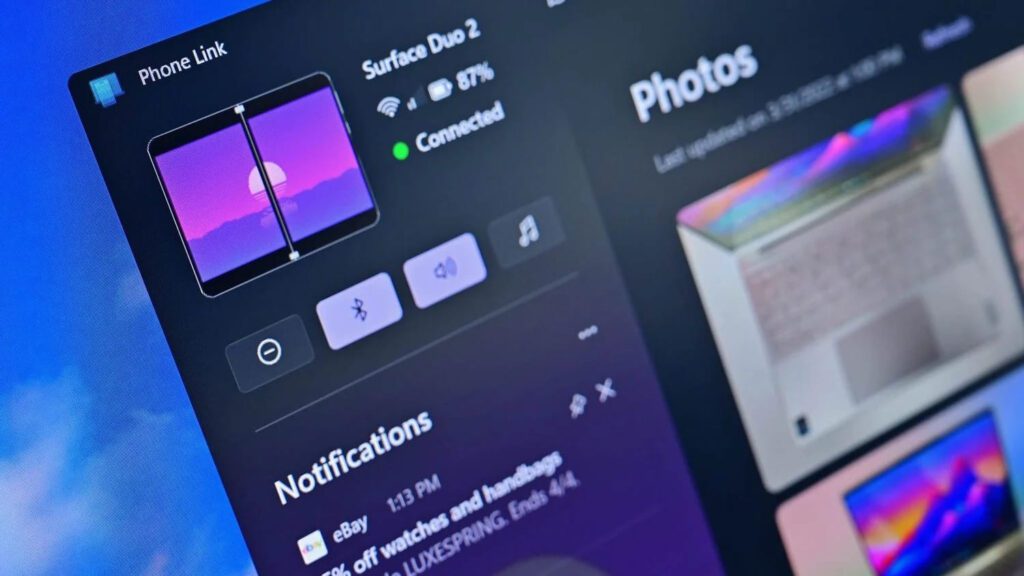
Version 24H2 will introduce a new settings page for mobile devices, where users can configure their connected phones to their PC and disable “Phone Link” services if they do not plan to use them.
Power Saving
Microsoft is revamping the power-saving mode and power settings in version 24H2, introducing a new “Power Saving” mode that will apply to both battery-powered and non-battery-powered computers.
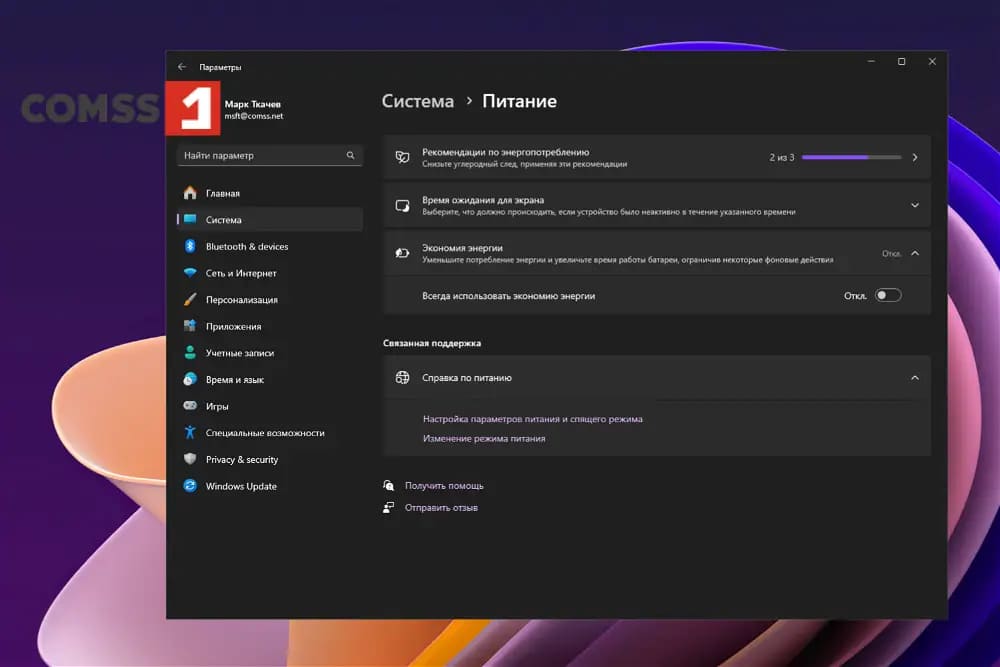
The new power-saving mode will reduce your computer’s power consumption by lowering system performance, which should help extend the battery life of laptops and reduce power consumption for desktop PCs.
When this feature is enabled, an energy-saving icon will be displayed on the taskbar, similar to the battery charge indicator on laptops, but without indicating the percentage of charge. The goal of the new mode is to make your computer more energy-efficient and reduce carbon dioxide emissions.
Additionally, Microsoft is adding additional power management options to the “Power and Battery” section of the “Settings” app. Now you can configure lid and power button settings, as well as set your computer to automatically enter sleep mode after a certain period of inactivity. Previously, these settings could only be changed in the classic “Control Panel” app.
Usability Improvements
Windows 11, version 24H2, will also introduce other usability improvements for users. Microsoft is currently testing a new “Install Drivers” button, which will be displayed on the Wi-Fi settings page during initial system setup. This will be convenient for system builders who perform a clean Windows installation without drivers.
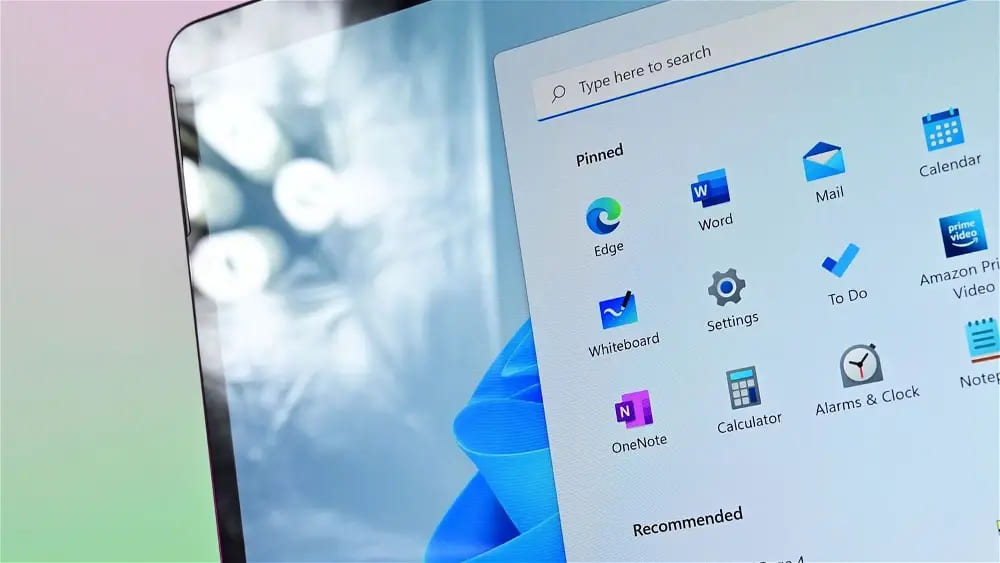
Additionally, Microsoft is removing several built-in apps from the Windows 11 image, such as Cortana, Mail, Calendar, Maps, People, Movies & TV, which will no longer be installed by default. WordPad will also be removed in a future update.
On the taskbar, Microsoft has added a small animation to the Wi-Fi icon when connecting to a Wi-Fi network, and now when right-clicking on the icon, a contextual menu shortcut “Network troubleshooter” is displayed, allowing you to immediately troubleshoot connection issues.
A new feature called “Windows Secure Print Mode” is also introduced, which will allow your PC to print exclusively using the modern Windows print stack, which only works with Mopria-certified printers and does not require third-party software.

